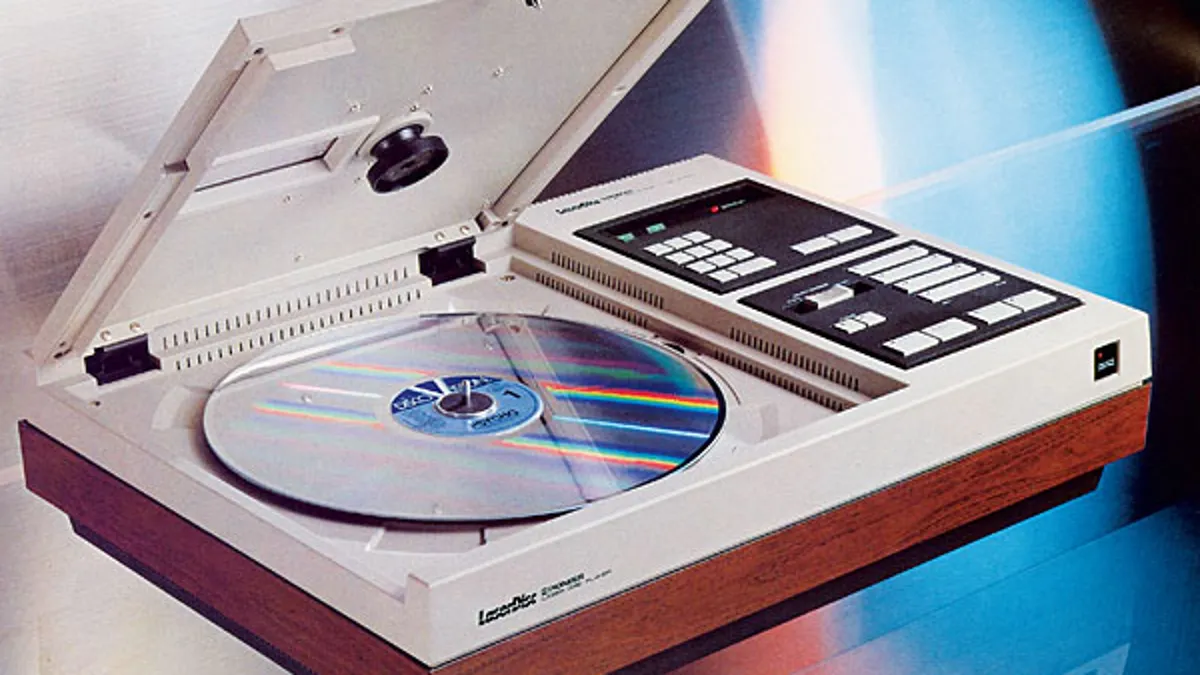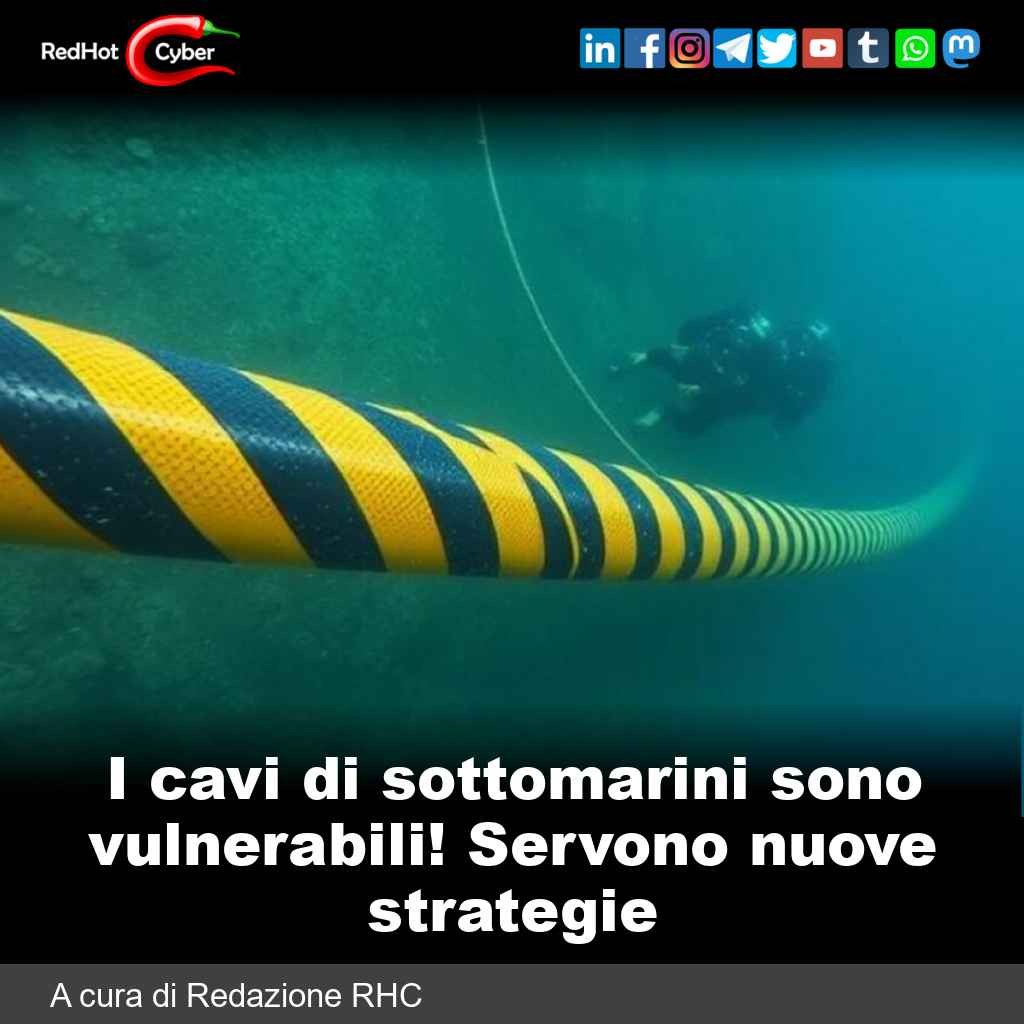LaserDisc looks like a giant CD, but don’t let that fool you—it’s not digital.
The picture on those discs is actually analog video, recorded as a frequency-modulated signal just like broadcast TV or VHS. Instead of storing pixels, the pits and lands on the disc encode continuous voltage changes. When you pop it into a player, the machine reads that FM signal and spits out plain old composite video—the exact same yellow RCA connection you’d get from a VCR.
Since it’s analog, LaserDisc doesn’t have a neat pixel count. There’s no “480p” baked in. Instead, sharpness depends on bandwidth, which works out to around 425 horizontal lines on NTSC discs. That’s miles ahead of VHS’s muddy 240, but nowhere near DVD’s clean digital precision. Which is why LaserDisc looks sharper and steadier than tape, yet still has those analog quirks—dot crawl, color bleed, and a bit of noise if you look closely.
Audio tells the same story. Early discs carried nothing but analog stereo FM tracks, while later ones layered in digital PCM for CD-quality sound. So you’d get crisp audio on top of video that was still fundamentally analog.
That’s what makes LaserDisc such an oddball—it’s futuristic optical tech on the outside, but inside, it’s pure broadcast-era television.



